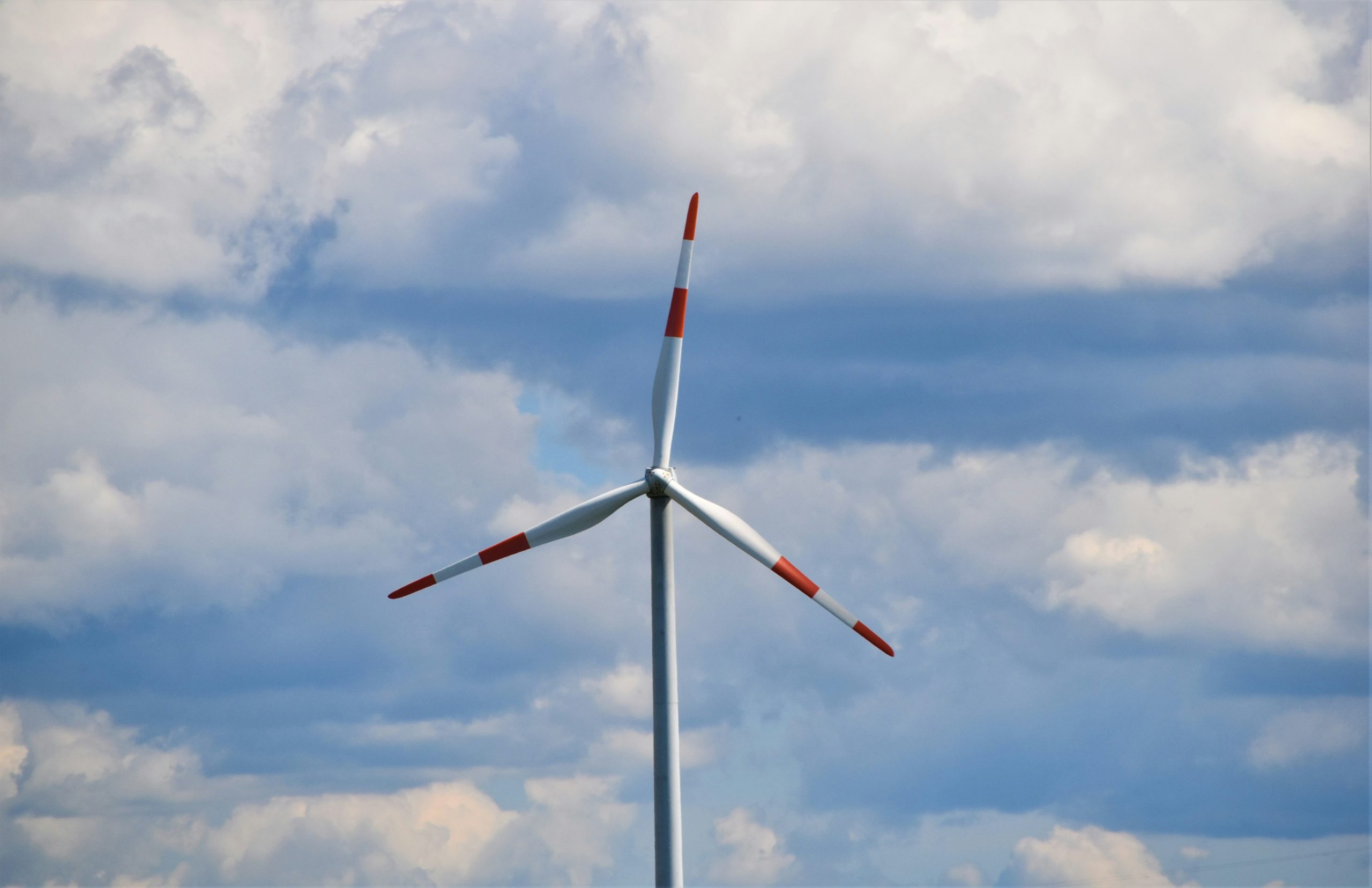Green hydrogen will play a key role in the future energy supply system. Areas that are difficult to electrify can only be decarbonised with hydrogen. This results in high demand for green hydrogen. “We therefore appeal to the future federal government to create the conditions for ambitious hydrogen production using offshore wind energy”, explains The Federal Association of Wind Farm Operators Offshore (BWO) in a statement.
In order to meet the demand for green hydrogen and to develop a globally competitive hydrogen industry, a strong home market must be built up in the near future. The local generation has the potential to reliably and sustainably increase the security of the German energy supply. Hydrogen imports alone will not be able to meet these requirements.
Offshore wind energy is currently in the process of taking the next development step towards the generation of green hydrogen at sea. With the possibility of defining “other energy generation areas” introduced in 2019, the legal course was set in order to raise the enormous potential of offshore wind energy for hydrogen production. This was used for the first time in the Area Development Plan 2020. The Federal Government’s “Climate Pact” of May 2021 also explicitly acknowledges the central importance of offshore hydrogen generation, which is essential for accelerating the ramp-up of the hydrogen economy and for achieving the climate goals and the success of the energy transition.
With offshore hydrogen generation, a new, highly innovative technology field is emerging along the entire value chain of hydrogen, wind energy and the maritime industry: From generation to transport to the use of the energy carrier, future-oriented jobs and training positions are secured and created throughout Germany.
The industry organizations BWO, DWV, EEHH, EE.SH, IG Metall Coast, Foundation OFFSHORE-WINDEN-ERGIE, WAB and the AquaVentus Förderverein call for the following points to be implemented in order to make domestic, green hydrogen production at sea on an industrial scale a reality:
- Anchoring specific goals for the generation of green hydrogen from offshore wind energy: The national hydrogen strategy must be further specified. For the generation of green hydrogen, this means setting binding expansion targets and creating a roadmap for offshore wind to hydrogen. In view of the Federal Constitutional Court ruling of March 24.03.2021, 2030, planning beyond 40 is necessary given the expected implementation times and the increasing need for green hydrogen generation, including the infrastructure required for this. The expansion targets for offshore hydrogen must be set in addition to the expansion target of XNUMX GW at sea for the electricity sector.
- Timely designation of areas in the area development plan for at least 5 gigawatts of offshore hydrogen generation in the so-called “Entenschnabel” at the northwest end in the German exclusive economic zone (EEZ) of the North Sea. In the foreseeable future, these areas cannot be used for line-based electricity generation.
- The possibility of a hydrogen transport pipeline must be explicitly provided for in the spatial plan for the North Sea and the ban in the area development plan for SEN-1 must be deleted. A hydrogen transport pipeline is able to transfer hydrogen from up to 20 GW of European capacity inexpensively and at the same time the pipeline can be used as energy storage. For this reason, when evaluating the efficiency of such a connection, reference should not only be made to individual areas, but an overall concept of a collective pipeline is required. In order to prepare for effective cooperation between the countries bordering the North Sea in the field of offshore wind energy and hydrogen generation, the reserve area for the LN 1 line must also be extended to the north-western end of the EEZ.
- Consistent development of the tendering and awarding regime for hydrogen areas: The relevant draft ordinance of the Federal Ministry for Economic Affairs and Energy (BMWi) defines criteria for the award of “other energy generation areas” for the first time. The criteria make sense. However, there is a need for improvement with regard to the criteria for evaluating the various possible transport systems and the respective areas of responsibility.
- Develop approval regime: In contrast to “traditional offshore systems”, the basis for approval for an electrolyser at sea has not yet been clarified. Standards should be developed here as quickly as possible. A regulatory roadmap for the use of existing and new infrastructure must also be developed so that there is planning security with regard to the framework conditions.
- Equipping the Federal Maritime and Hydrographic Agency (BSH) with more resources and personnel. In view of the short time that remains for the achievement of the climate targets, the planning, approval and examination procedures, which are a prerequisite for project implementation, have to run faster. To this end, the central control authority for the maritime sector must be better equipped.
Source: BWO
















